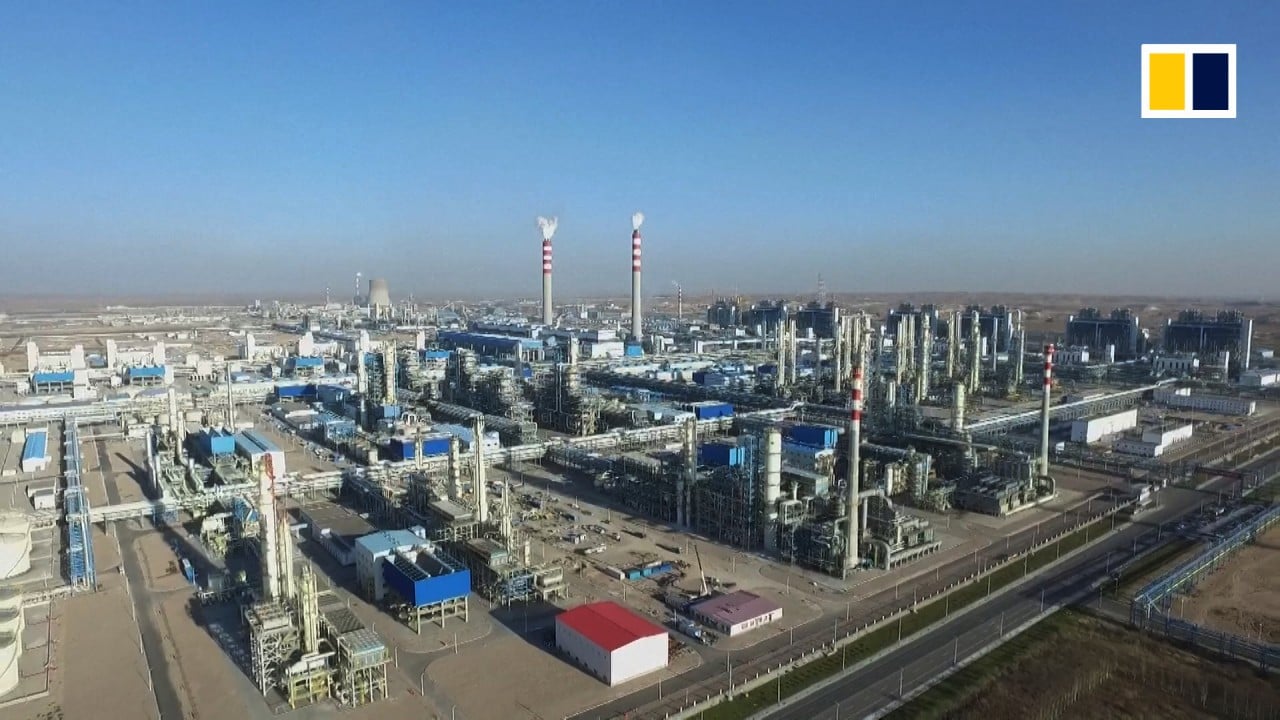
China’s stock fund with 132 per cent returns bets on new-energy market leaders that foreign investors are missing out
- Domestic shares of new-energy vehicle makers and renewable energy suppliers are expected to be major targets for offshore investors, fund says
- Higher valuations in the sectors are reasonable, especially when the leading companies are highly competitive and growth is explosive
Foreign investors cannot ignore the biggest players at the forefront of the nation’s push into new-energy industries, a Chinese asset manager said after making more than 130 per cent gain in 2020.
Locally-listed shares of new-energy vehicle (NEV) makers, renewable energy generators and their suppliers, for example, are expected to be in demand and likely become major targets for offshore investors, according to Li You, a money manager at Shenzhen-based TruValue Asset Management.
Li manages eight funds with combined assets of 6.05 billion yuan (US$937 million) at TruValue. About 2.3 billion yuan in two tranches of his Industrial Cycle Selection Fund gained 132.2 and 130.6 per cent in 2020.
He said the high valuations of NEV related stocks were reasonable, even if rapid gains in the short term had led to calls for caution in the market.
SCMP Infographic: How does Beijing plan to lead the world with ‛Made in China 2025’?
“As related infrastructure and facilities improve, the market penetration rate will steadily increase” benefiting companies in the EV supply chain, Li said.
US-listed Chinese EV makers including NIO, Xpeng and Li Auto have surged since last year amid optimism of a faster switch to electric cars from traditional fossil-fuelled combustion engines. A rally in NIO has enlarged the unprofitable carmaker’s market capitalisation to US$93 billion, more than twice the value of century-old Ford Motor.
Under the State Council’s 2021-2035 industry targets unveiled in November, green vehicles – comprising pure electric cars, hybrids and vehicles that run on fuel cells – will make up one in five automobiles on China’s roads by 2025. The state backing means there will be substantial growth in a rush to achieve economies of scale.

00:47
Vehicle number 10,000 rolls off the assembly line for Chinese electric carmaker XPeng
“China is all too aware that slow and steady will not win the race,” referring to the nation’s technology industries and carbon-neutrality goals, according to Ninety One, a UK-based fund manager with £128.6 billion (US$177.3 billion) of assets as of end-2020.
The headline trend is for an acceleration of China’s technology industries, which will present opportunities for investors, its strategists wrote in a February report. Caution, however, is warranted because of internal and external disruptive forces, they added.
“As the NEV industry becomes increasingly cost effective, its growth will be explosive,” Li said, addressing concerns about market exuberance on some unprofitable EV makers and parts suppliers. “The valuation premium is reasonable, especially when the leading companies are outstandingly competitive.”

02:52
How does China generate its energy?
His funds also invested in Sany Heavy Industry, the world’s fifth largest engineering machinery manufacturer, and in LONGi Green Energy Technology, a solar-cell producer and developer of solar projects in China.
His other picks are Tongwei, a construction group with interest in photovoltaic ventures, Yunnan Energy New Material which is the world’s largest maker of lithium-ion battery separators and Wanhua Chemical Group.
Should China follow through on its net-zero commitments, the opportunities for select businesses are huge, it added. “Chinese companies are major global suppliers of core technologies for renewable-energy generation (solar components) and clean transport (electric-car battery components).
“Industry leaders enjoy certain valuation premiums, which is a reasonable trend and should continue this year,” Li of TruValue said. “Investors should constantly track the performance of these stocks, and make adjustments to avoid risks when performances fall short of expectation.”

